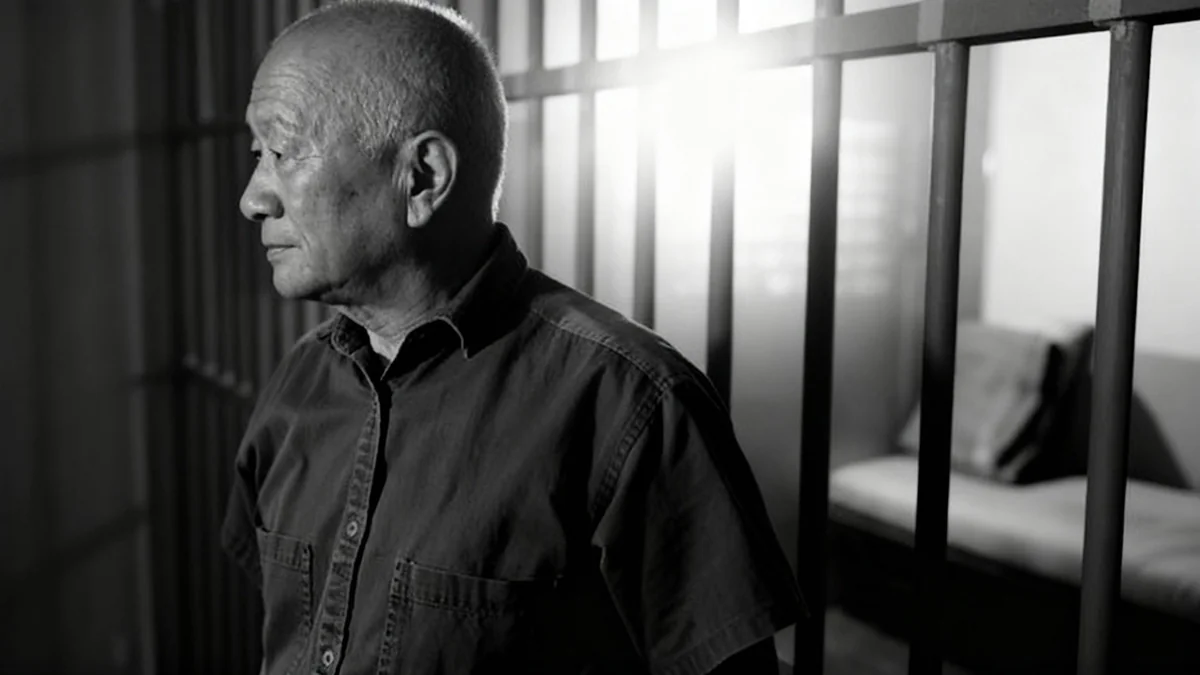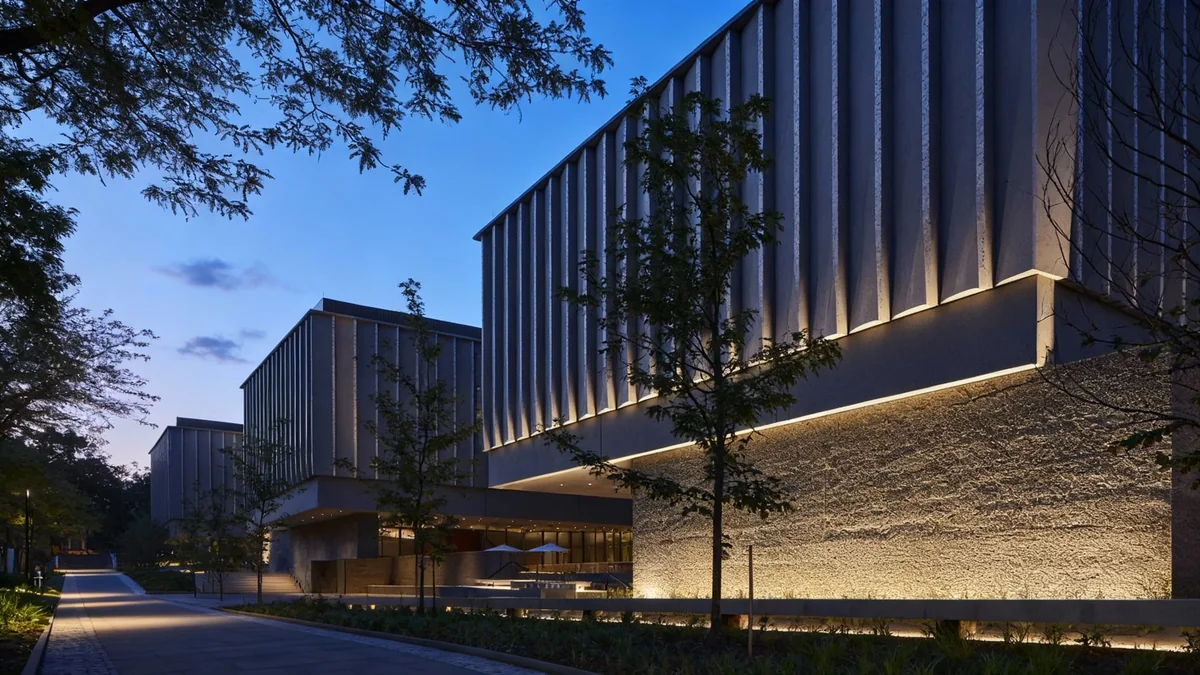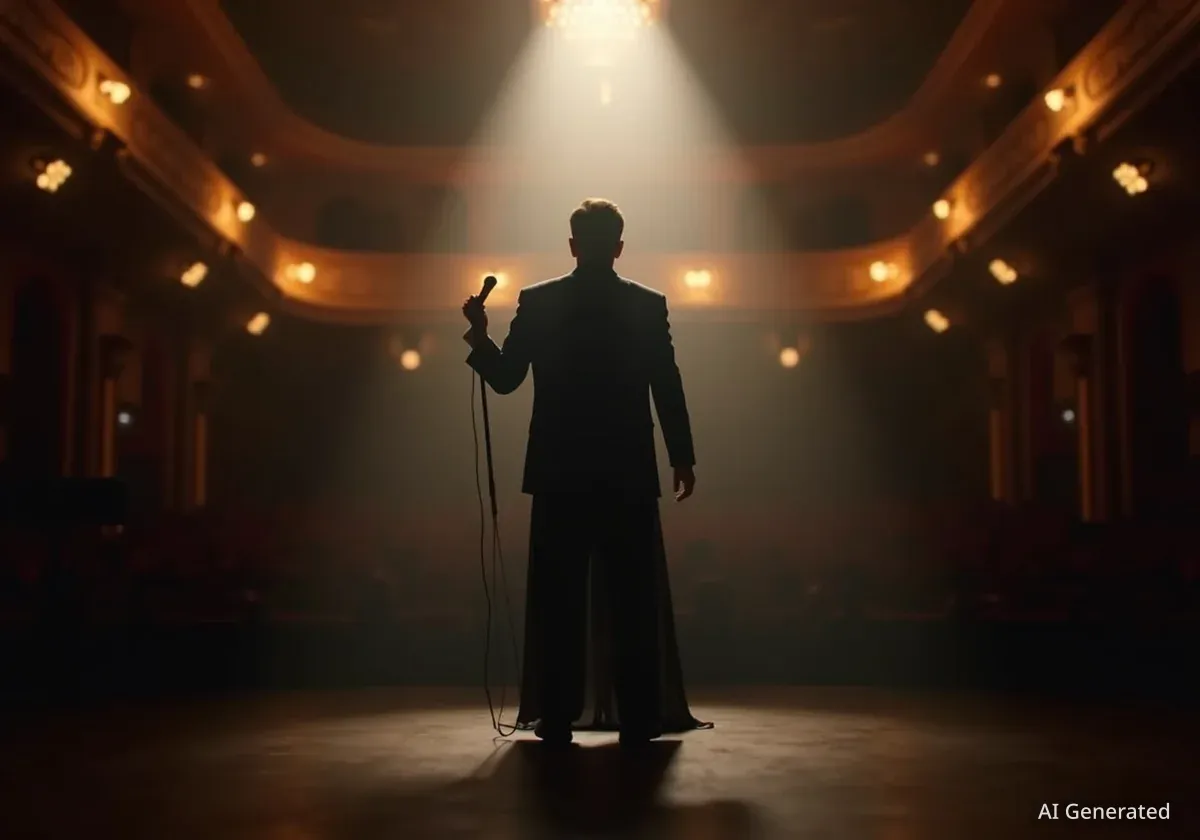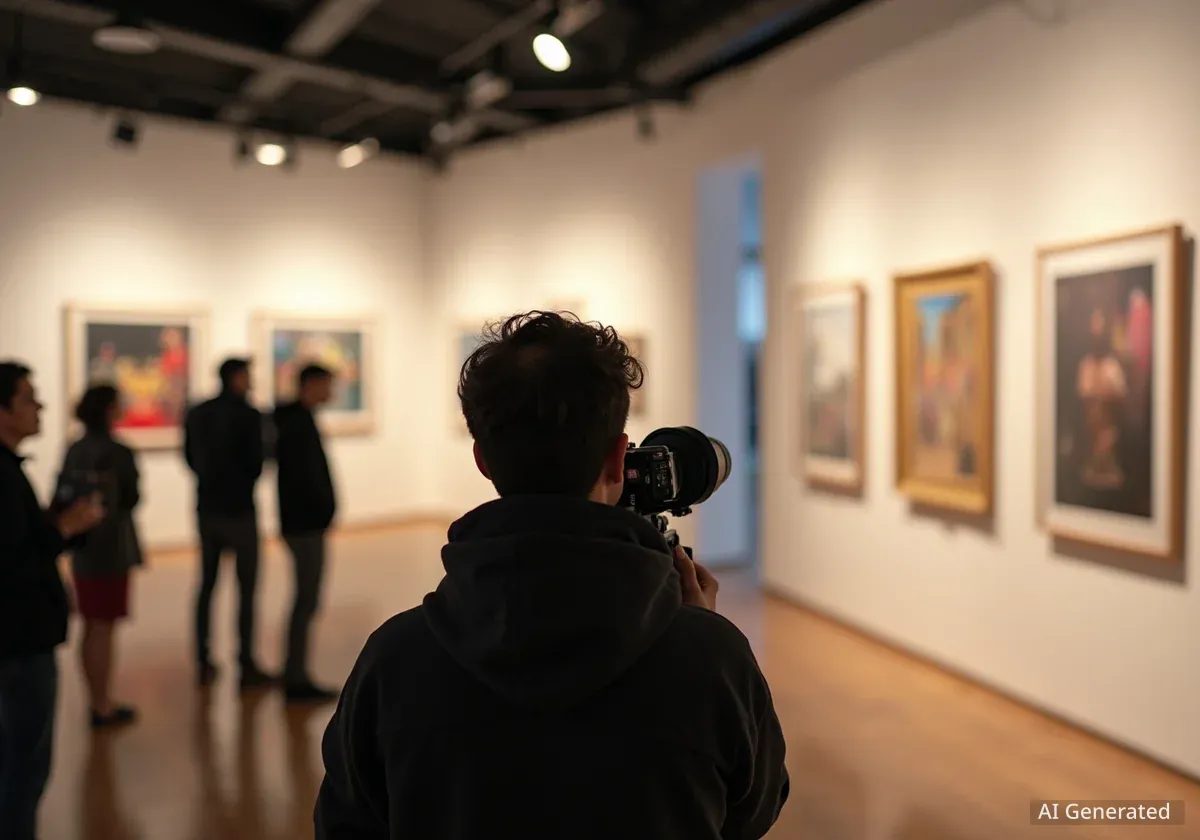A significant retrospective of Taiwanese American artist Tehching Hsieh, known for his demanding yearlong performance art pieces, opened at Dia Beacon in New York's Hudson Valley on October 4. The exhibition features the meticulously preserved cage where Hsieh lived for an entire year between 1978 and 1979 as part of his groundbreaking work, "One Year Performance 1978-1979 (Cage Piece)."
Key Takeaways
- Tehching Hsieh's first retrospective opened on October 4 at Dia Beacon.
- The exhibition includes the original cage from his 1978-1979 performance.
- Hsieh lived in the cage for one year, documenting his experience daily.
- His art focuses on strict rules and the passage of time.
- Hsieh, now 74, stopped creating new art in 2000.
Tehching Hsieh's Pioneering Performance Art
Tehching Hsieh's work challenges conventional art forms by using his own life and time as his primary materials. His performance pieces are known for their extreme duration and strict rules. The "Cage Piece" is a prime example, where Hsieh committed to living in isolation within a wooden cage for 365 days.
During this period, from September 29, 1978, to September 29, 1979, Hsieh documented his existence with daily self-portraits. These images, taken each day, show the subtle changes over time, primarily visible in the gradual growth of his hair.
Fact: The Cage Piece Rules
- Hsieh lived alone in a 11.5 x 9 x 8 foot wooden cage for one year.
- He was not allowed to read, write, watch television, or talk.
- Food and waste were managed by a friend, who also took a daily photograph.
- The only human interaction was scheduled public viewing days.
The Dia Beacon Retrospective
The current exhibition at Dia Beacon marks the first comprehensive retrospective of Hsieh's work. It provides a rare opportunity for the public to experience the tangible elements of his past performances. The centerpiece, the actual cage from the 1970s, has been meticulously preserved and reinstalled.
According to a cultural reporter who covered the installation process, Hsieh saved every item from his time in the cage, including his original tube of toothpaste. This dedication to documentation highlights his commitment to the authenticity of his art.
"It only opened once," Hsieh reportedly stated with a smile when asked about the cage door's hinge during the installation at Dia Beacon, emphasizing the singular, unbroken nature of his yearlong confinement.
Behind the Scenes of the Installation
The process of setting up the exhibition involved Hsieh himself, along with curators, conservators, and art handlers. This team worked to ensure the cage was presented exactly as it was during the performance. The attention to detail extended to the structural integrity of the cage itself.
During the installation, a facilities department member questioned if the cage door should have a hinge. Hsieh's response underscored the unique nature of the performance: the door remained closed for the entire year of the piece, opening only to conclude the work.
Context: Tehching Hsieh's Impact
Hsieh's work is considered foundational in performance art, pushing boundaries of endurance and challenging perceptions of time, freedom, and human existence. His five yearlong performances are among the most rigorous in the medium's history. He has a significant, almost cult-like, following within the art world, despite rarely engaging in public events or creating new art since 2000.
Understanding Hsieh's Artistic Philosophy
Hsieh, now 74, views strict rules and the passage of time as his artistic materials. He insists on truly living his work rather than merely acting it out. This philosophy explains his refusal to be photographed inside the reinstalled cage for media coverage, maintaining the integrity of the original performance's conditions.
His approach contrasts with many contemporary artists, prioritizing authentic experience over representation. This commitment has solidified his reputation as a unique and influential figure in modern art.
The Artist's Journey and Legacy
Hsieh immigrated from Taiwan to the United States in the early 1970s. His performance art began in earnest in New York City. His work often explored themes of labor, time, and solitude, impacting how artists and audiences consider the limits and definitions of art.
The retrospective at Dia Beacon offers a comprehensive look at these themes, allowing a new generation to engage with his challenging and profound contributions to art history. The exhibition runs through an unspecified date, inviting visitors to reflect on the nature of time and human experience.
Key Dates and Figures
- Artist: Tehching Hsieh (born 1950)
- Performance Period: September 29, 1978 – September 29, 1979
- Exhibition Opening: October 4
- Location: Dia Beacon, Hudson Valley, New York
The Enduring Relevance of Hsieh's Work
Hsieh's art continues to resonate with audiences today. His explorations of confinement, freedom, and the daily grind of existence remain relevant in a world increasingly grappling with isolation and the perception of time. The physical presence of the cage allows visitors to confront these ideas directly.
The exhibition serves as a testament to the power of performance art to provoke thought and offer new perspectives on life. It invites viewers to consider what it means to live, to endure, and to document the passage of time in its rawest form.




